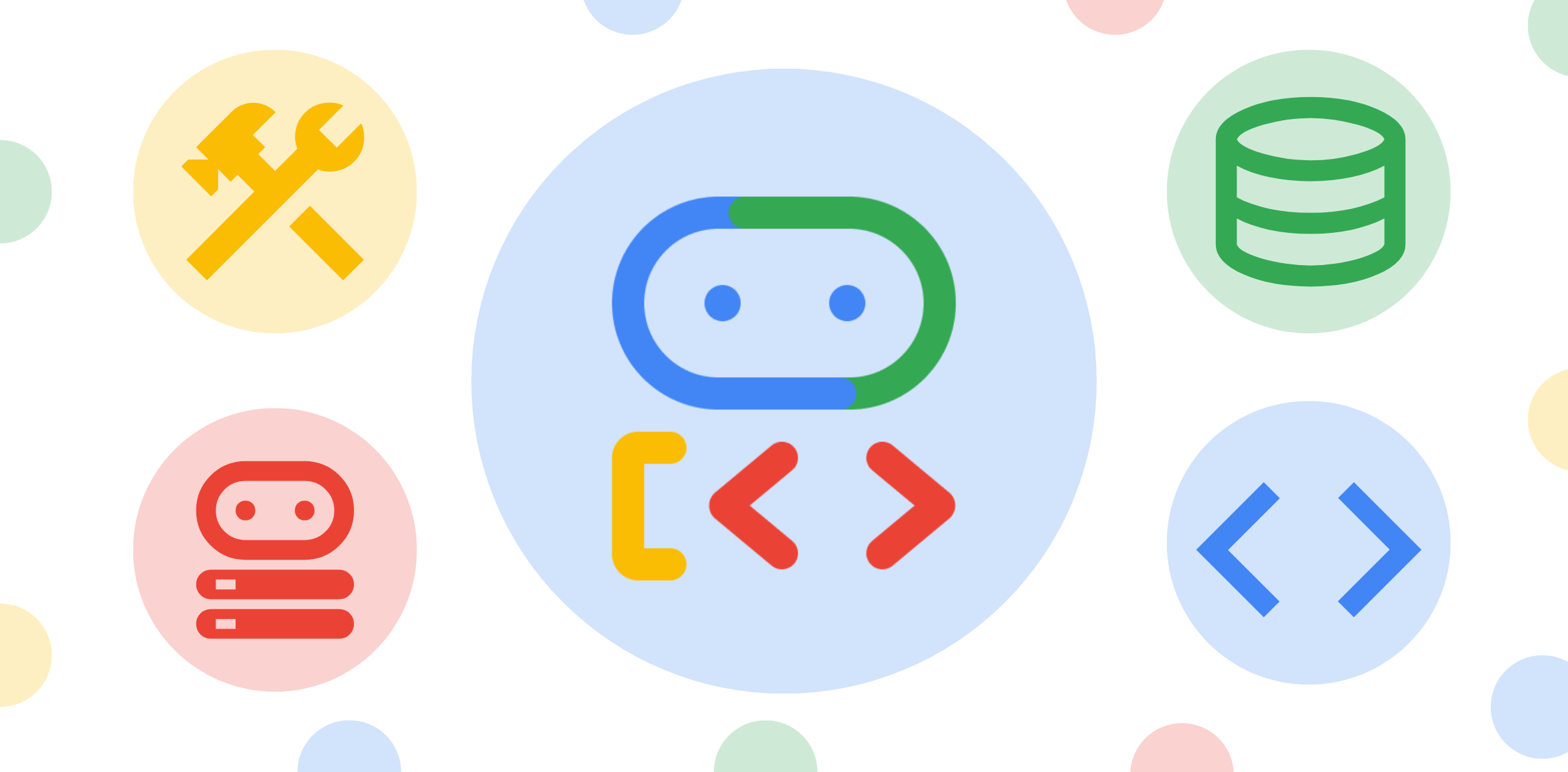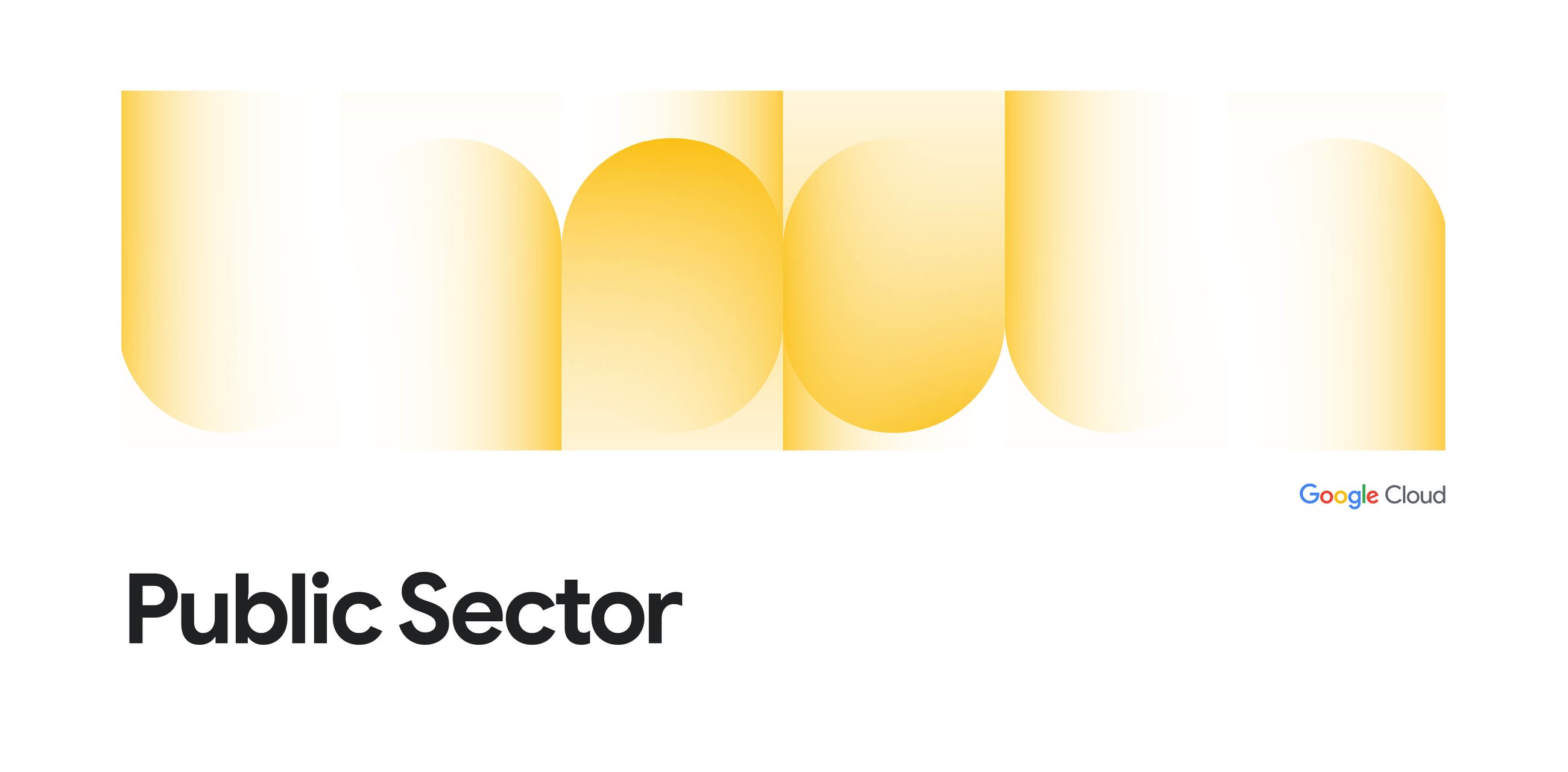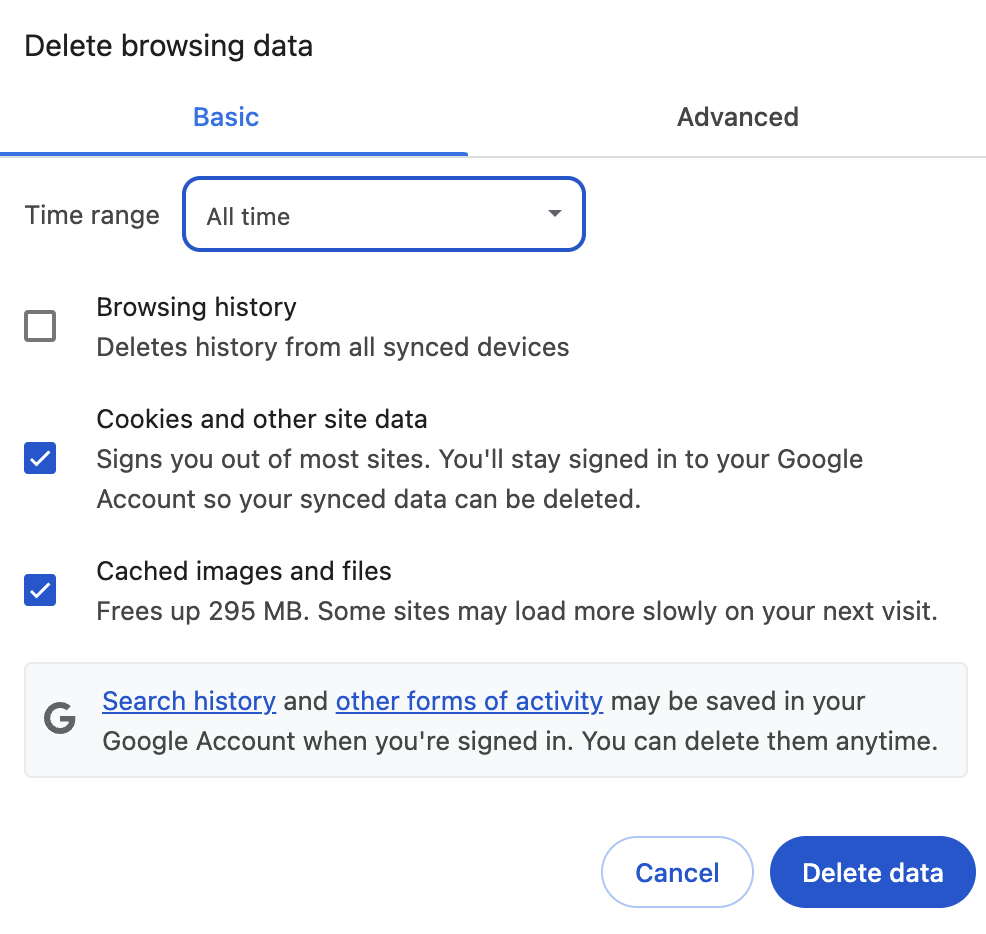
The first is tool selection. We provide our agent with a list of tools and some instructions for how to use them. When a user prompts the agent, the agent’s model helps decide which tools to call, and why, in order to help the user.
The second key step is function-calling. Function calling is a bit of a misnomer because the model is not actually calling the tool, but rather, preparing to call it by formatting the request body that the framework then uses to call the tool.
Lastly, the model helps interpret the response from that tool — say, a list of open bugs from the database— and decides whether to take further action, or respond to the user with that information.
To see all this in action, let’s build the QuantumRoast bug assistant agent using ADK Python.
Function Tool
The simplest ADK tool is the function tool. This is an inline function that can perform a calculation or algorithm. For instance, we can write a function tool to get today’s date:
Source Credit: https://cloud.google.com/blog/topics/developers-practitioners/tools-make-an-agent-from-zero-to-assistant-with-adk/




